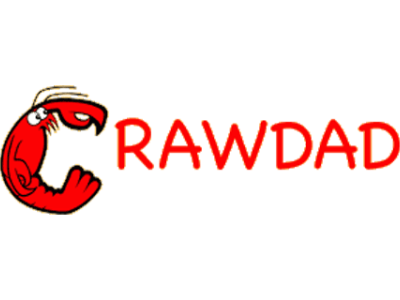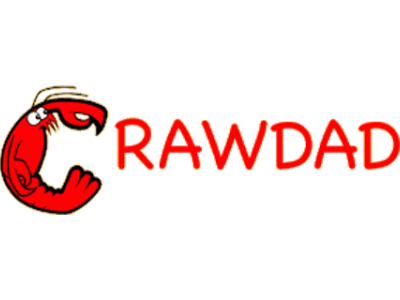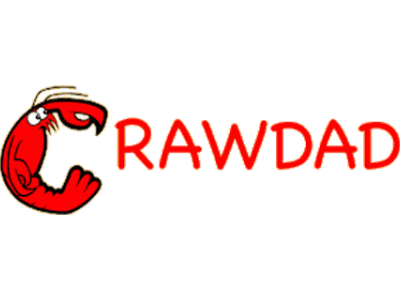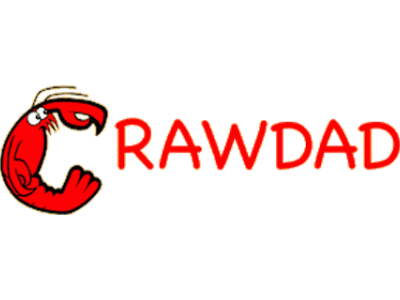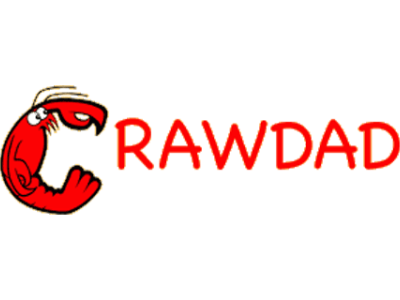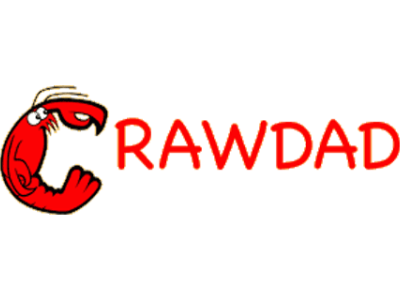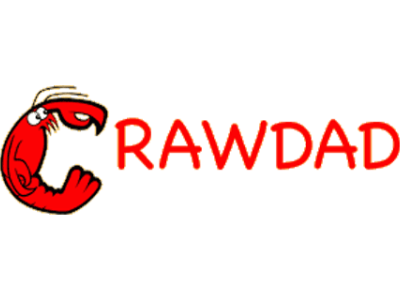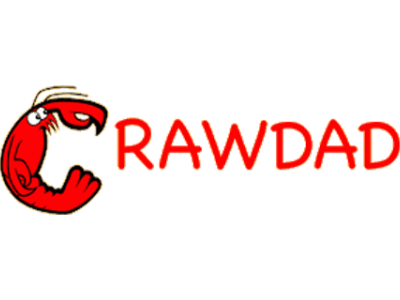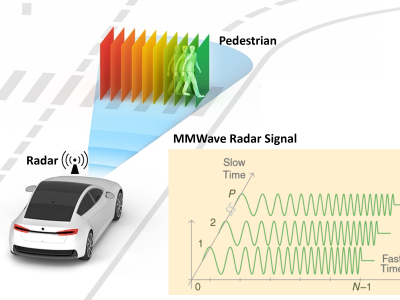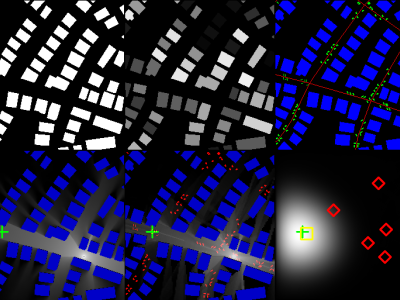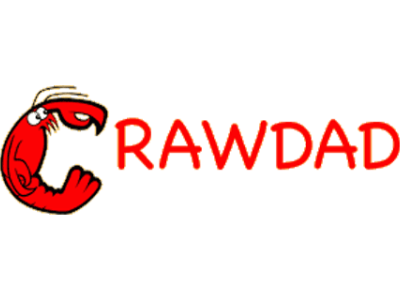CRAWDAD istanbul_technical/rssi
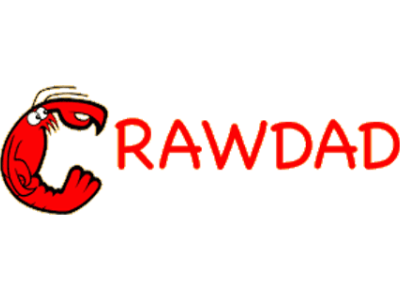
- Citation Author(s):
-
Metin Vural (Istanbul Technical University, Istanbul)Saliha Buyukcorak (Istanbul Technical University, Istanbul)Gunes Karabulut Kurt (Istanbul Technical University, Istanbul)
- Submitted by:
- CRAWDAD Team
- Last updated:
- DOI:
- 10.15783/C74018
- Data Format:
 186 views
186 views
- Categories:
Abstract
GSM 900 MHz measurements from a spectrum analyzer combined with GPS measurements taken in an urban macrocell environment.
Our measurement is performed in an urban macrocell environment in the GSM 900 downlink band based on real-life data. By a spectrum analyzer, 5 individual tracks with 10000 measurement data points are obtained. Channel sounding is carried out at a GSM base station located at a height of 6 meters. At every track point measurements are taken in a stationary fashion with 17ms sweep time on the ground level. GPS information is also saved. the signal bandwidth does not exceed the resolution bandwidth of the spectrum analyzer, hence our measurements only include path loss and shadow fading effects Dataset is used in the article "Lognormal Mixture Shadowing".
date/time of measurement start: 2013-06
date/time of measurement end: 2013-09
data collection methodology: By using a spectrum analyzer, 5 individual tracks with 10000 measurement data points are obtained. Channel sounding is carried out at a GSM base station located at a height of 6 meters.
hole: Dataset is used in the article "Lognormal Mixture Shadowing".
Traceset
istanbul_technical/rssi/rssi
GSM Downlink RSS
- file: rssi.tar.bz2
- description: Our measurement is performed in an urban macrocell environment in the GSM 900 downlink band based on real-life data. By a spectrum analyzer, 5 individual tracks with 10000 measurement data points are obtained. Channel sounding is carried out at a GSM base station located at a height of 6 meters. At every track point measurements are taken in a stationary fashion with 17ms sweep time on the ground level. GPS information is also saved. The signal bandwidth does not exceed the resolution bandwidth of the spectrum analyzer, hence our measurements only include path loss and shadow fading effects Dataset is used in the article "Lognormal Mixture Shadowing".
- measurement purpose: Usage Characterization
- methodology: By using a spectrum analyzer, 5 individual tracks (same measurement setups with difeerent day and distances) with 10000 measurement data points are obtained. Channel sounding is carried out at a GSM base station located at a height of 6 meters.
istanbul_technical/rssi/rssi Trace
- GSM Downlink RSSI: GSM Downlink RSSI
- configuration: Our measurement is performed in an urban macrocell environment in the GSM 900 downlink band based on real-life data. By a spectrum analyzer, 5 individual tracks with 10000 measurement data points are obtained. Channel sounding is carried out at a GSM base station located at a height of 6 meters. At every track point measurements are taken in a stationary fashion with 17ms sweep time on the ground level. GPS information is also saved. the signal bandwidth does not exceed the resolution bandwidth of the spectrum analyzer, hence our measurements only include path loss and shadow fading effects Dataset is used in the article "Lognormal Mixture Shadowing".
- format: .spa, you can also opent with text editor.
Instructions:
The files in this directory are a CRAWDAD dataset hosted by IEEE DataPort.
About CRAWDAD: the Community Resource for Archiving Wireless Data At Dartmouth is a data resource for the research community interested in wireless networks and mobile computing.
CRAWDAD was founded at Dartmouth College in 2004, led by Tristan Henderson, David Kotz, and Chris McDonald. CRAWDAD datasets are hosted by IEEE DataPort as of November 2022.
Note: Please use the Data in an ethical and responsible way with the aim of doing no harm to any person or entity for the benefit of society at large. Please respect the privacy of any human subjects whose wireless-network activity is captured by the Data and comply with all applicable laws, including without limitation such applicable laws pertaining to the protection of personal information, security of data, and data breaches. Please do not apply, adapt or develop algorithms for the extraction of the true identity of users and other information of a personal nature, which might constitute personally identifiable information or protected health information under any such applicable laws. Do not publish or otherwise disclose to any other person or entity any information that constitutes personally identifiable information or protected health information under any such applicable laws derived from the Data through manual or automated techniques.
Please acknowledge the source of the Data in any publications or presentations reporting use of this Data.
Citation:
Metin Vural, Saliha Buyukcorak, Gunes Karabulut Kurt, istanbul_technical/rssi, https://doi.org/10.15783/C74018 , Date: 20151202


